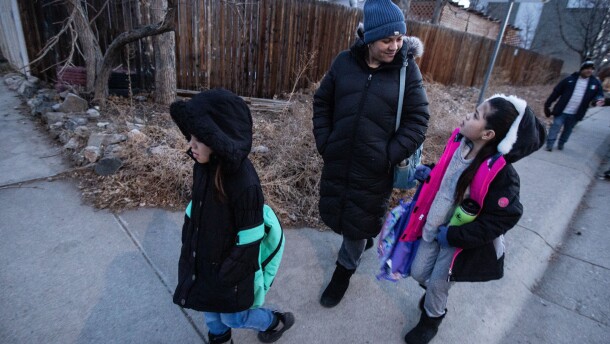Tens of thousands of migrant families have arrived in Denver from the U.S.-Mexico border over the last year. Some of their kids have joined the school system, but many others haven’t. In the final installment of KUNC’s new series, ‘Unseen but Everywhere,’ Lucas Brady Woods reports on the slew of barriers standing in the way of an education for local migrant children.
Nearly half of all college students nationwide said they struggle to pay utilities or rent while also managing medical, grocery and transportation bills. Thousands of college students succumb to these challenges every semester.
Youth homelessness is a big problem in Colorado. But in rural areas, where resources are scarce, social stigma heightened and transportation limited, kids struggle more to get help.





